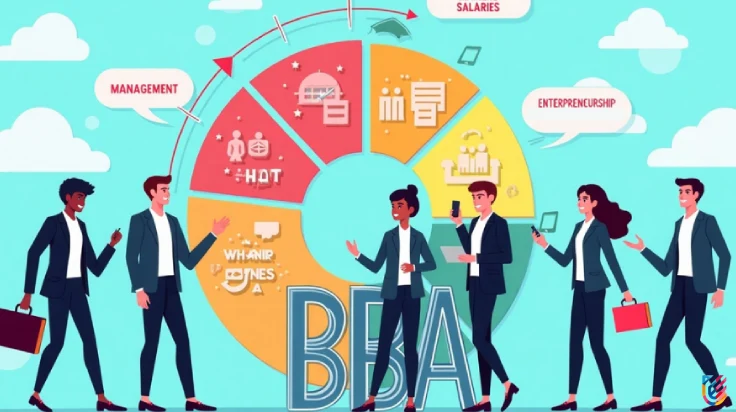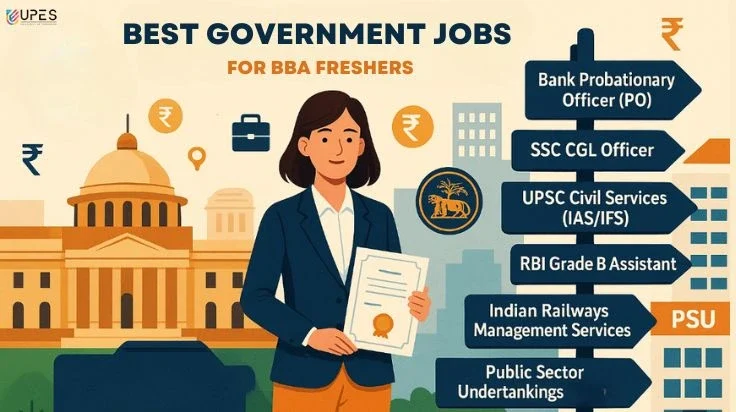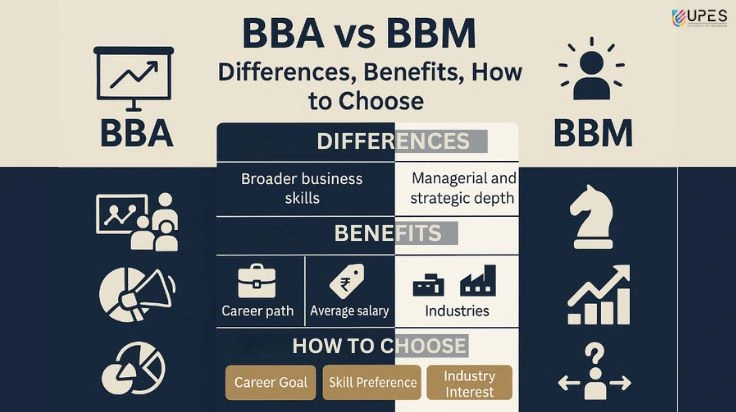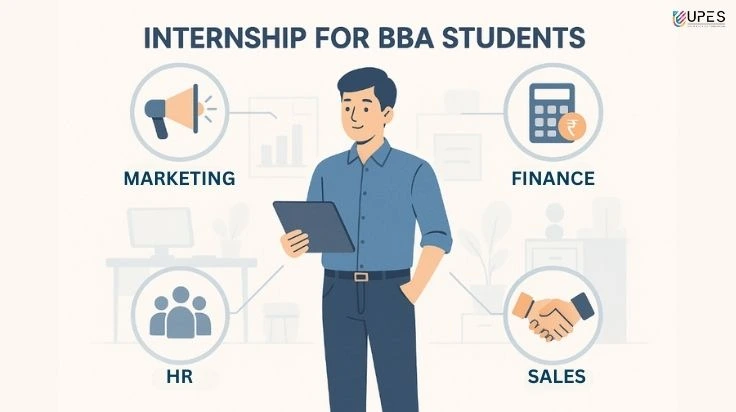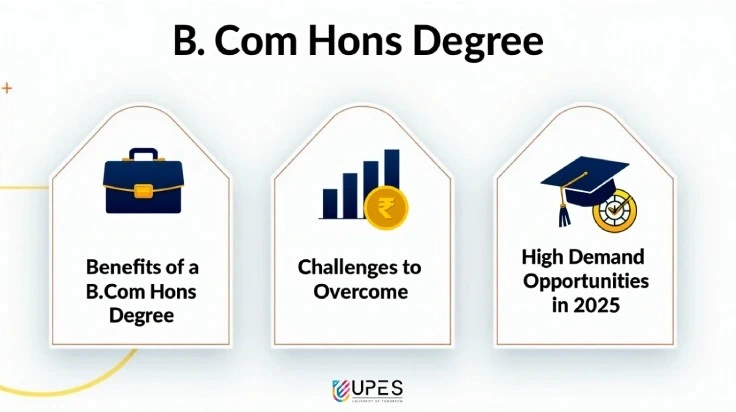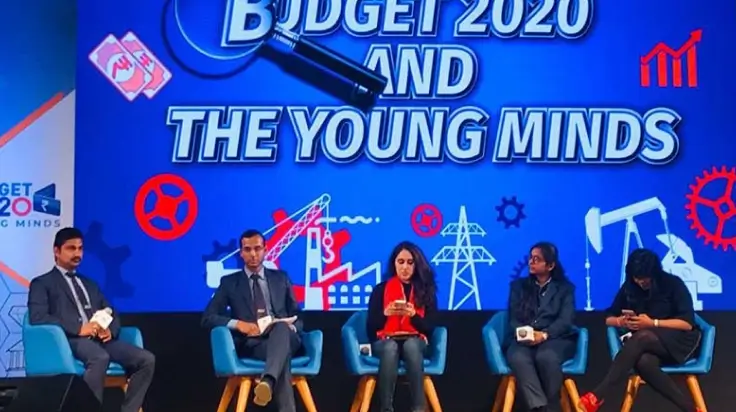The Rise and Rise of UPI
- Sushant Saklani
- Published 23/09/2024
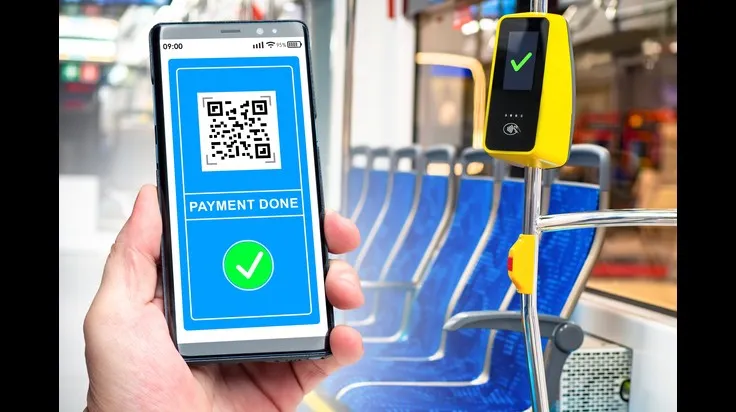
Not so long ago, when you’d buy vegetables from your local seller, you’d pay in cash. But if you were dining at a fancy five-star restaurant, you’d whip out your credit card. There was almost a class divide in how we paid for things.
But today, you can use your phone to pay with UPI. This mode of payment is accepted by almost every small to big vendor and is used in peer-to-peer transactions as well. Thanks to cheap and accessible internet in India, its usage isn’t only restricted to urban areas. If you’ve travelled recently to a tourist destination in India, you will notice that most of these places accept UPI.
Talking about travel, I recently went on a Euro trip. Buying anything was such a hassle there. Either I didn’t have the right amount of change, they didn’t accept cards, or their card machine was broken. I was proud that India has come a long way. And probably that’s why several countries like Singapore, UAE and France, amongst others, have signed agreements with India and will soon launch UPI in their regions. Technology exports are rare from India, and this is something to be proud of.UPI, or Unified Payment Interface, has broken down old barriers and made transactions simple and accessible for everyone. In this article, I will explore how UPI is reshaping India's financial landscape. We’ll explore its transformative impact, the benefits it brings, the challenges it faces, and what the future might look like.
The Evolution of UPI: From Launch to Dominance
In 2016, the National Payments Corporation of India (NPCI) launched UPI. What started as a simple platform for instant bank transfers on smartphones has now grown into a powerhouse. Initially launched with 21 banks, UPI now boasts a vast network of banks and payment service providers.
At the beginning of this year, UPI transactions reached a record of 18.41 trillion Rupees in transactions for January. This figure is 52% higher in volume and 42% higher in value compared to the same month last year. And it is not a fluke; these numbers are on the rise and have crossed the 19 trillion mark twice since March. This data highlights UPI's rapid adoption among Indian consumers and businesses, reflecting impressive growth in transaction volumes and values.
Unveiling the Benefits and Successes of UPI
One of the most significant advantages of UPI is its amazing convenience. Users can initiate transactions round the clock, seven days a week, totally eliminating the constraints of banking hours. Moreover, UPI's seamless transfers between different banks and payment apps foster financial inclusion by bridging the gap between urban and rural areas.
UPI has done more than this. As part of the Indian government's Digital India initiative, UPI has been a game-changer, promoting a cashless economy and cutting down on the need for physical currency. This shift not only makes transactions smoother but also saves a significant amount of money on printing cash – savings that ultimately benefit taxpayers like you and me.
With quick and secure transactions, UPI has encouraged merchants to adopt digital payment solutions, boosting transparency, efficiency, and tax compliance. Merchants, especially small and medium enterprises (SMEs), have embraced UPI-enabled QR code payments as a cost-effective alternative to traditional point-of-sale (POS) terminals. This is why, by the end of last year, over 5 crore merchants and more than 30 crore individuals were using UPI, according to PIB.
UPI is projected to secure 90% of retail transactions by 2028 according to a report published by Paytm.What is even more amazing is that countries like Bhutan, Oman, UAE, the UK, and several other Southeast Asian countries have collaborated with Indian bodies like NPCI and BHIM-UPI to simplify transactions not just for their citizens but also for Indian tourists traveling to their countries.
The Global Impact: UPI Beyond India’s Borders
One of the most remarkable achievements of UPI is its penetration into rural areas, where traditional banking infrastructure is often limited. According to a data analysis by SBI, rural and semi-urban areas account for a 60 percent share of UPI in terms of value and volume. It has seen a surge of 118% in semi-urban and rural stores.
It refutes the widespread belief that UPI and digital payments are exclusively used in large cities and other urban areas. As per a media report, both urban centers and metro cities clock in at only 20% of transactions each.
While UPI is widely used for small-value transactions, its versatility extends to larger transactions as well. The transaction value on UPI has witnessed steady growth, with users increasingly leveraging UPI for a wide range of payments, including bill payments, online shopping, and peer-to-peer transfers. Source
The average ticket size for the e-commerce portfolio, which includes grocery, grooming, toys, and healthcare products, was pegged at ₹ 1,586. At the same time, the branded shop category, which has products such as consumer electronics, mobile accessories, kitchen appliances, among others, saw an average transaction value of ₹ 3,184.
Challenges Faced by UPI: Value vs. Volume
If we are purely looking at the value comparison, UPI transactions will fare much less than credit card payments as the latter is mostly used for bigger sums. So while UPI volume is on the rise and takes a significant portion of digital payments, it does not amount to high-value transactions usually. This is probably due to the limit on transactions through UPI, which may increase soon.
Ensuring Security: How UPI Safeguards Your Transactions
While UPI transactions are inherently secure, NPCI and participating banks have implemented robust security measures to safeguard against fraud and unauthorized access. Steps like two-factor authentication, encryption protocols, and real-time transaction monitoring are among the measures implemented to enhance the security and integrity of the UPI ecosystem. All these insights and figures underscore the transformative impact of UPI on India's payment landscape. It highlights its undeniable role as a catalyst for digital financial inclusion, economic empowerment, and technological innovation.
The next time you are discussing UPI payments through QR codes with a friend, ask them if they know the full form of QR. If they give a Quick Response (pun intended), good for them!
Sushant Saklani
The writer is Assistant Professor at School of Business at UPES.
Tags
- UPES School of Business
UPES Admission Enquiry
Subscribe to UPES Blogs
Join our community for exclusive stories, insights, and updates
By clicking the "Subscribe" button, I agree and accept the privacy policy of UPES.
















